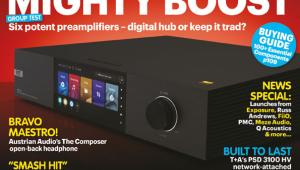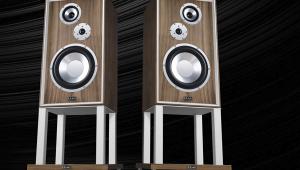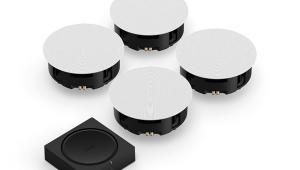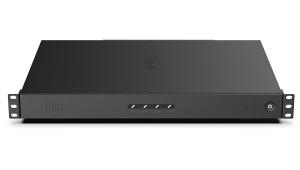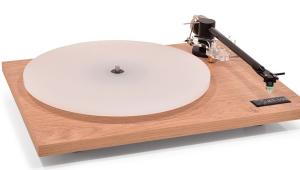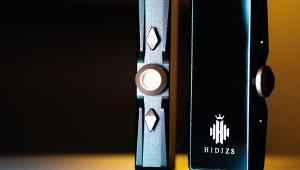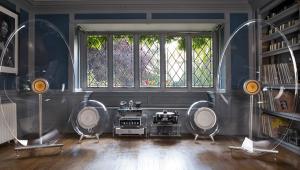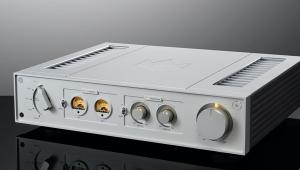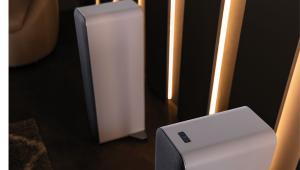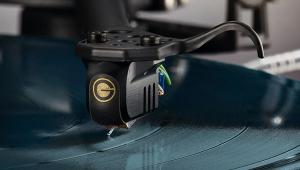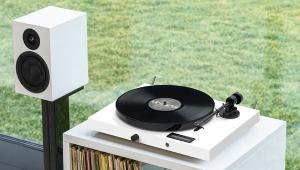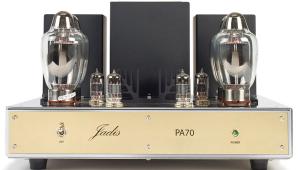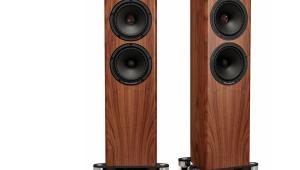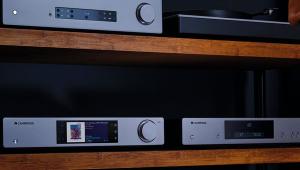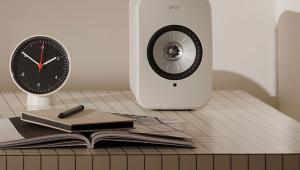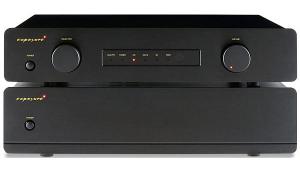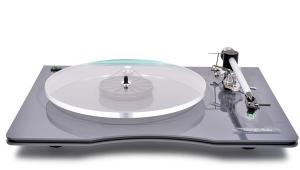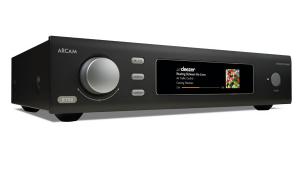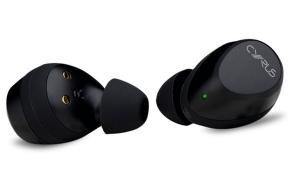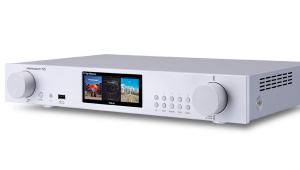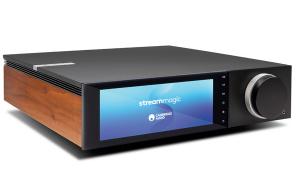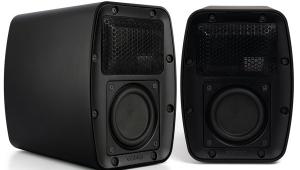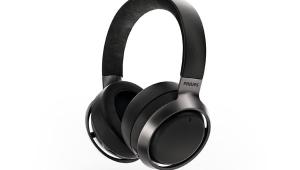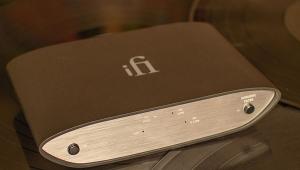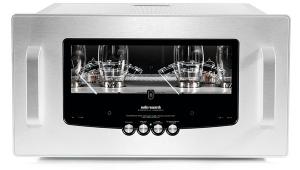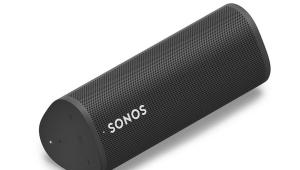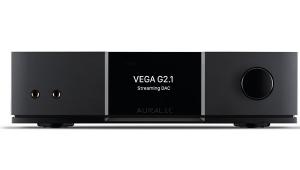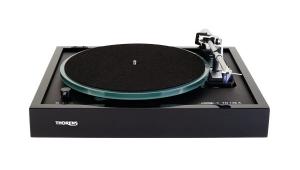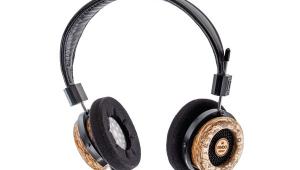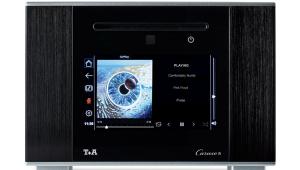Digital Revolutions – download free tachometer disc
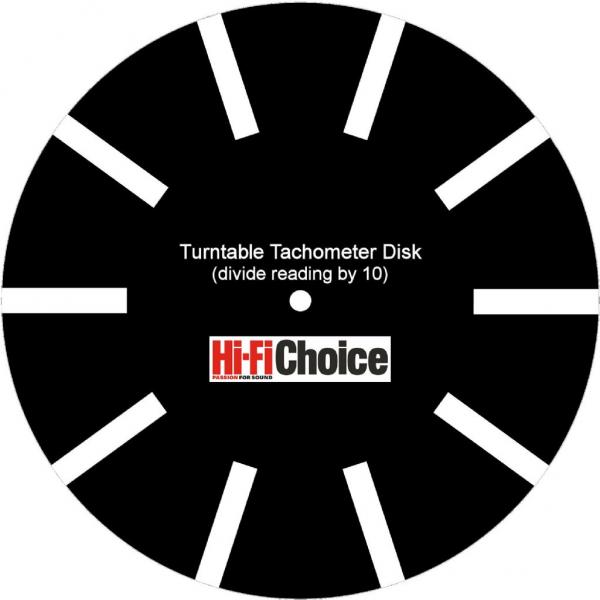
Whether you’re a fan of digital or analogue audio, there is little to argue about when it comes to displaying information. If one is looking for a precise readout, then a digital display is the way to go. One of the first electronic digital displays was the Nixie tube, which is a cold cathode tube filled with neon in which all of the digits 0-9 are separate cathodes within the tube. The tubes were developed in 1955 by the Burroughs Corporation, which named them ‘Nixie’ based on the internal designation of the tube ‘NIX 1’ (Numeric Indicator eXperimental No. 1). It is much easier to read a row of Nixie tubes with their characteristic orange-glowing digits than the needle of an analogue meter against a scale or a ‘magic eye’ fluorescent tube. The development of the LED seven-segment display in the seventies gave us our first digital watches and clocks enabling us to see the time accurately at a glance. Nowadays, there is a plethora of digital displays to suit every application, so there’s no reason not to have a digital readout when we need an accurate display of information.
For us modern-day vinyl enthusiasts, there are now digital stylus scales, which are widely available to help to set the tracking force accurately. However, if you have a turntable with an adjustable speed setting, it seems the only options available are those based on a stroboscopic disc. The closest device I have found that can be used with any deck is the KAB SpeedStrobe Disc, which employs a quartz-locked laser illuminator that shines on rings of numbers printed on a disc. This device costs over £80 and doesn’t use a true digital display.
This got me thinking, would it be possible to make use of low-cost digital tachometers, which are widely available and cost under a tenner, to display turntable speed?
Digital tachometers are hand-held devices that shine a laser beam onto a reflective strip that has been fixed to a rotating object. The reflected light from the strip is detected by the tachometer as a stream of pulses – one pulse each time the object rotates. By counting the number of pulses over a time interval, the rotational speed can be calculated and displayed on the digital readout. These tachometers typically can measure between 2.5 and 99,999rpm and have an accuracy of 0.1rpm between 2.5 and 999.9rpm (and 1rpm above this range). If I designed a disc to sit on a turntable with one white mark, I could in theory measure the speed at 33.3rpm to within 0.1rpm. So I purchased a tachometer and tried it out with a single white mark on a black disc, which I then placed on my turntable. It worked, but took four revolutions (four pulses) or more than two seconds before I got a reading and another couple of seconds before the reading updated. It certainly seemed to produce a relatively stable reading within the quoted accuracy. I then realised that if I increased the number of marks on the disc to 10, it would at least increase the display resolution by one digit, so a perfect speed would show as 333.3rpm on the display. It would also reduce the update interval to 222ms.
Making the turntable disc using my graphics design software turned out to be tricky. Firstly, I had to draw a large circle with an accurately defined centre so I could punch an accurate centre hole. I then needed to draw 10 accurate radius marks, which I did by drawing a line and increasing the angle by 36°. I then drew a thin bar over each of the lines, centring them accurately over each line. After printing the disc onto an A4 piece of card, I cut it out and carefully punched out the centre hole using a hammer and a 7mm hole punch. You can see the final outcome above.
Do it yourself
The results were very encouraging, but the speed displayed on the tachometer was sensitive to hand wobble. This problem is overcome to some extent by holding the tachometer against a nearby wall while taking the readings. I also note that the illuminating red laser light is in the form of a short bar of light, so I align the tachometer so that the bar runs along the radius of the disc, giving shorter and more accurate pulses for the tachometer to measure. By holding the ‘Test’ button to get a continuous readout, I get readings of between 333.0 and 333.5rpm. Setting the speed to 45rpm gives readings of 449.2 – 451.8rpm. Of course, the tachometer won’t show instantaneous speed variations as this requires specialist equipment, but this is not needed for the simple job of setting the turntable speed.
I am now the proud owner of a digital turntable tachometer. If you want to have a go yourself, you can download a JPG of my disc here
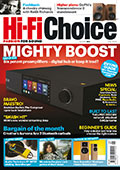 |
Inside this month's issue: Neat Acoustic Mystique Classic floor standing loudspeaker, Austrian Audio The Composer headphone, T+A PSD 3100HV network-attached DAC/preamp, Audio-Technica AT-SB727 Soundburger portable turntable, a preamplifier Group Test and much, much more...
|
